Sand Mound Septic System Diagram
Wire clamps are used to secure perforated pipe above the gsf modules. We have over 30 years of experience in the waste water industry.
Maryland Department Of The Environment
Sand mound absorption areas are about the same size as conventional in ground absorption systems averaging 600 to 1500 square feet for a three bedroom home.
Sand mound septic system diagram. Homeowners should be encouraged to monitor the performance of the septic system by routinely check ing for the presence and depth of water in the monitoring wells during spring summer and fall. Effluent from the septic tank flows to a pump chamber where it is pumped to the mound in prescribed doses. Now you are ready to construct the mound.
If you are looking for septic information youve found it. This video explains what a mound septic system is how it works and how to properly maintain it. Any progressive increase in ponding depth within the mound bed or sand fill over time may be indicative of a future problem.
Grass is the best cover for the mound. Create a mound of sand over the tilled mound area. The size of the mound will be determined by the size of the septic tank and the results of the perc test.
Mound systems are an option in areas of shallow soil depth high groundwater or shallow bedrock. The constructed sand mound contains a drainfield trench. Ab system w uv light elevated sand mound 750 sq ft or larger steep sloped sand mound sites up to 15 slope contact us as we may be able to save you several thousand dollars in material costs alone.
The system length is measured parallel to the rows of gsf modules. The size of the mound depends on the systems estimated daily flows and the soils perc rate. The system width is the sand dimension perpendicular to the gsf module rows.
Build the mound so the sides are gentle slopes to help prevent erosion and make mowing easier and safer. A mound system is an alternative to the traditional rural septic system drain field. Periodically inspect the mound and downslope areas for odors wet spots or surfacing sewage.
The eljen gsf geotextile sand filter system is a cost effective alternative to other septic technologies. Check your systems inspection pipes regularly to see if there is a liquid level continually over 6 inches. A sand mound system is an on site sewage disposal system that is elevated above the natural soil surface in a suitable sand fill material figures 11 and 12.
On the upper level of the mound place a thick of gravel. The mound system is an engineered drain field used in areas where septic systems are more prone to failure due to having extremely permeable or impermeable soils soil with shallow cover over porous bedrock and soils that have a high seasonal water table. Produced by the anne arundel county department of health.
 Septic Drain Field Problems Don T Replace Your Drainfield Or Pipe
Septic Drain Field Problems Don T Replace Your Drainfield Or Pipe
Butler Engineering Septics And Mounds
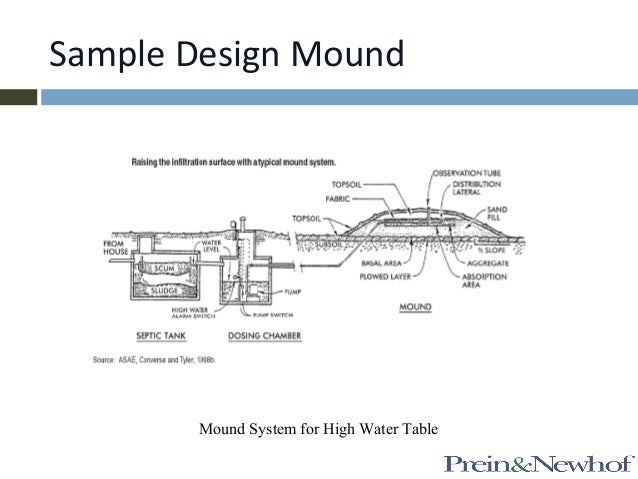 Pressure Mound System Septic Installers Mike Schwartz P E
Pressure Mound System Septic Installers Mike Schwartz P E
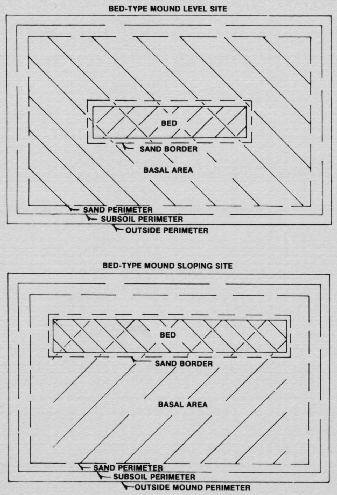 Id 163 Steps In Constructing A Mound Bed Type Septic System
Id 163 Steps In Constructing A Mound Bed Type Septic System
Elevated Sand Mound Design Manual
 Weblife Org Humanure Handbook Chapter 5 Sand Mounds
Weblife Org Humanure Handbook Chapter 5 Sand Mounds
 Types Of Septic Systems Septic Systems Onsite Decentralized
Types Of Septic Systems Septic Systems Onsite Decentralized
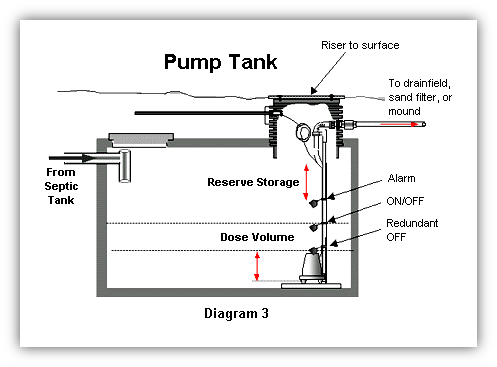
 Above Ground Septic System How They Work And Their Advantages
Above Ground Septic System How They Work And Their Advantages
Sand Mound Septic System Lexu Tk
Micromound With Drip Irrigation Micsky Septic Systems
Mound Septic System Diagram Best Of Septic Tank Systems Types Lpd
 Mound System Download Scientific Diagram
Mound System Download Scientific Diagram
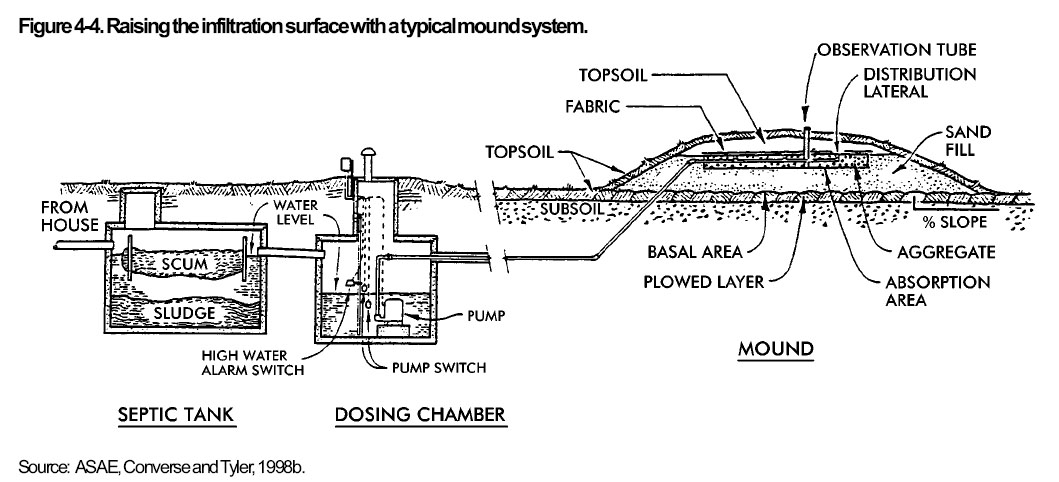
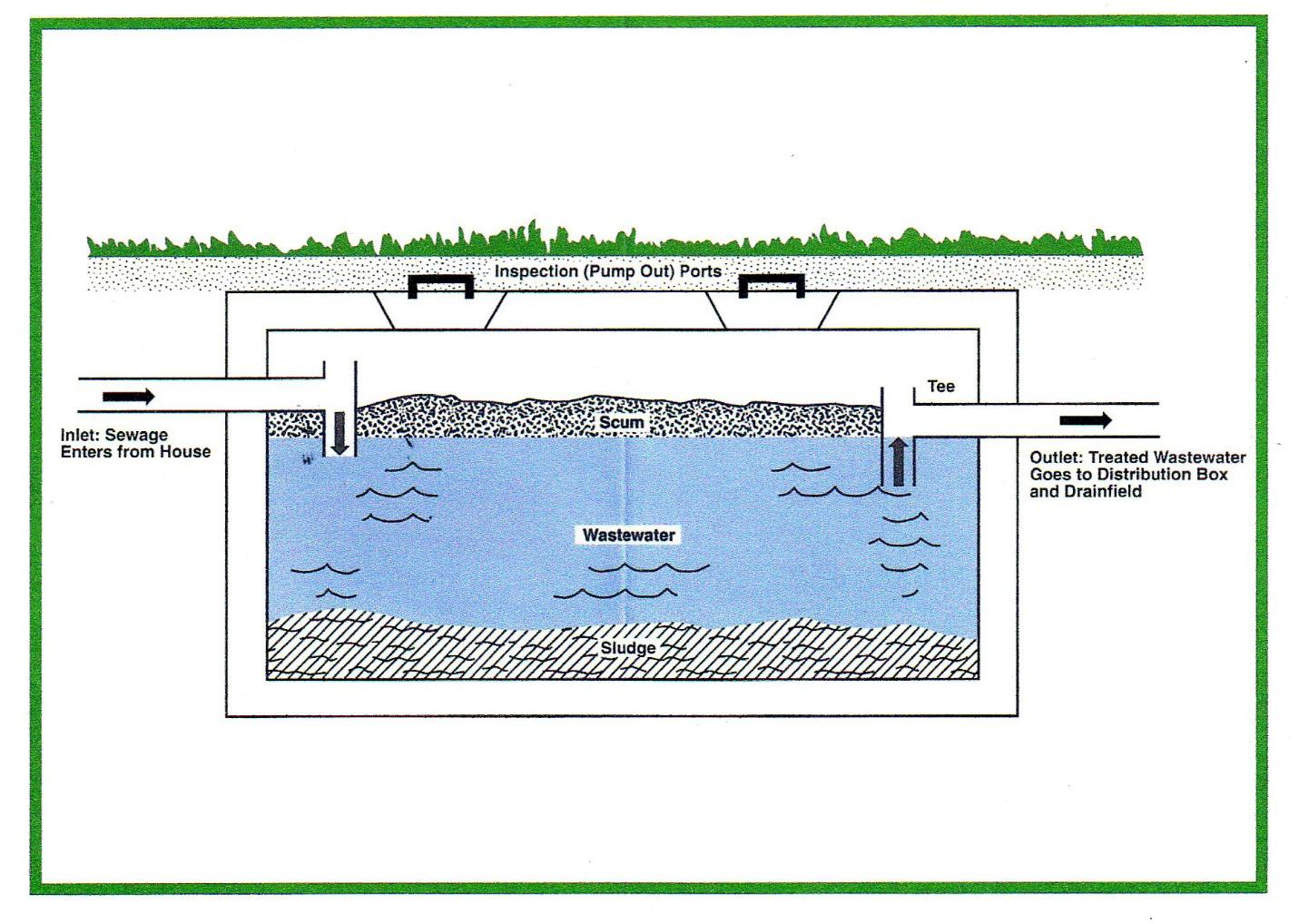
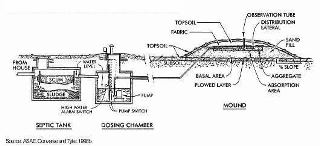


0 Response to "Sand Mound Septic System Diagram"
Post a Comment